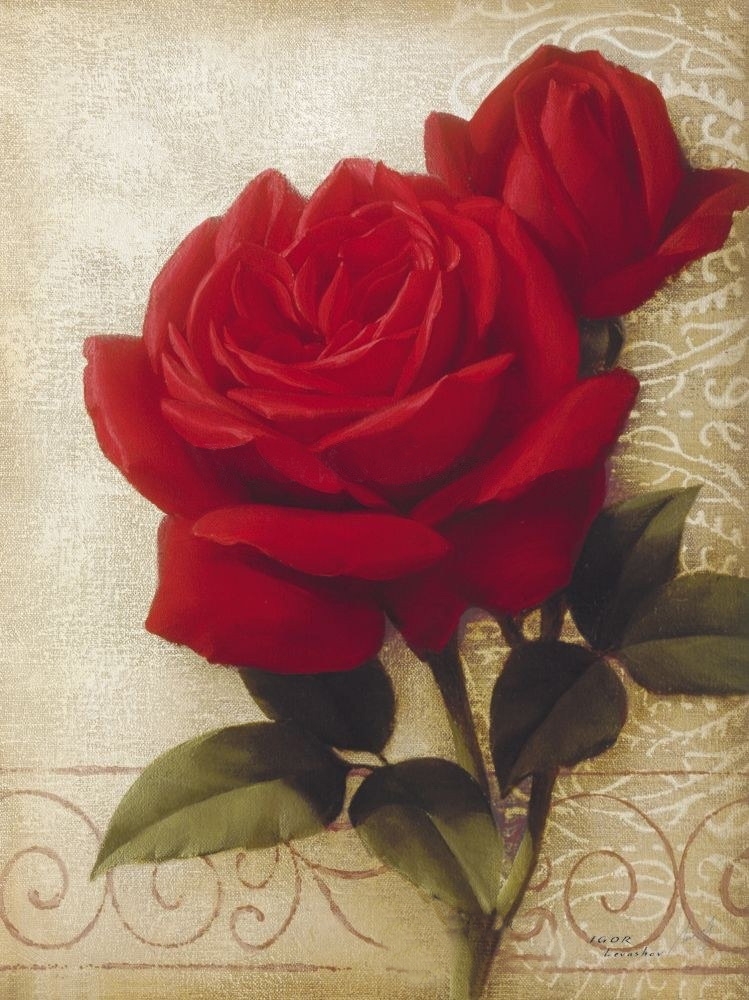Born near Moscow, Russian painter Игорь Левашов entered the School for Young Painters in 1997 and the world-famed Sourykoff Institute in Moscow in 1984.
He finished his formal training at the Royal Academy of Modern Art in the Hague in 1996.
In this age he discovered his love and passion for flowers.
His detailed paintings are done in oil in a one-time-session.
















